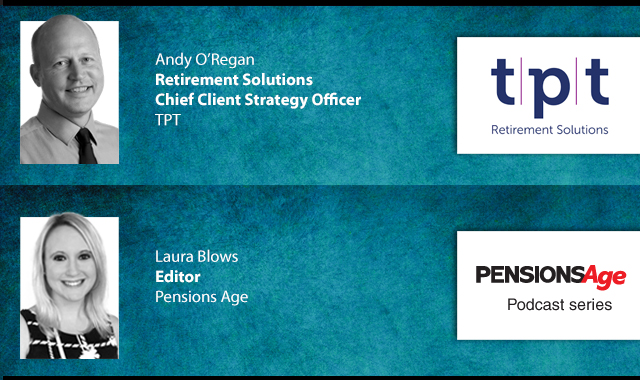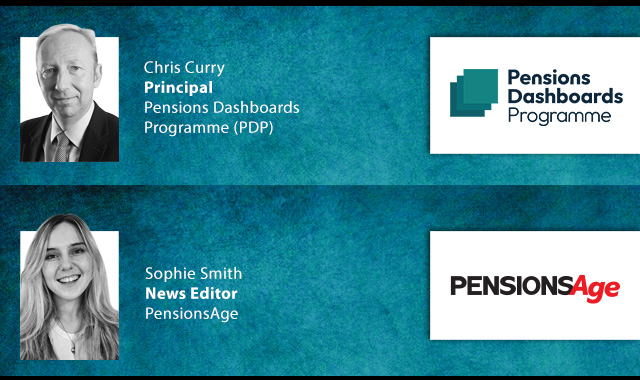The government has not been able to identify a straightforward way that would allow multiple job holders with combined earnings over £10,000 to be automatically enrolled.
In its Automatic Enrolment Review, published today, the government said it was not able to identify a straightforward, proportionate administrative or automatic route for combining earnings or assigning which of several employers should then become liable for paying contributions.
An accompanying analytical document, to support the Review, found that as at the end of the March 2017 tax month, there were approximately 1.11 million people with multiple jobs. The majority of multiple job-holders were already eligible for auto-enrolment as they earned £10,000 or more in all or at least one of their jobs.
Currently, a person over the age of 22 becomes eligible to be auto-enrolled when they earn over £10,000 in one job, as this is the current earnings trigger set by the government. However, those who earn over this amount from multiple jobs, but not from one job remain ineligible.
In the Automatic Enrolment Review, the government said it considered “alternative mechanisms”, and worked closely with HMRC to establish whether there is scope to develop a system that could aggregate earnings from different employers to resolve the issue.
However, it said that as many employees with multiple jobs already choose not to disclose to each employer that they have other jobs. Therefore, any solution would require the individual making a conscious decision to provide consent to HMRC in order to share data with their employer(s).
Furthermore, it said any solution would also require either one employer being identified as a lead employer to be responsible for automatically enrolling the individual and collecting and paying over contributions on behalf of both employers, or all employers being responsible to enrol their workers into a scheme.
“In considering these options there are significant administrative and legal constraints which impact on the feasibility of this course of action. In conclusion, we have not been able to identify a straightforward, proportionate administrative or automatic route for combining earnings or assigning which of several employers should then become liable for paying contributions,” it said.
Although they cannot be automatically enrolled into a pension, a person in this situation can opt in to a pension, but would only qualify for employer contributions if they earned more than the lower earnings limit (£5,876) in one of their jobs. As a way of encouraging more people with multiple jobs to opt-in to a pension, the government has proposed to remove the lower earnings limit.
“Removal of the lower earnings limit will not resolve the automatic element of automatic enrolment for those earning at or below the earnings trigger but who have a combined income of more than £10,000. However, it will ensure that everyone will be entitled to an employer contribution should they choose to opt-in,” it said.
The downside to this situation, the government said, is that relying on individuals to opt-in still presents challenges due to historically low opt-in rates. “While the incentive to opt-in will increase by the addition of the employer contribution we know that this may not be enough in isolation to encourage opt-in and more targeted engagement may be needed.”
Latest News
-
Global pension assets hit record $58.5trn; UK growth trails behind
-
Tui Group Pension Trust completes £370m buy-in with L&G
-
More than half of DB schemes likely to run on for longer due to LDI crisis
-
Isio acquires K3 Advisory
-
Profit warnings from UK-listed firms with DB schemes reach four-year high
-
UK policymakers urged to address effects of the housing crisis on retired people
Being retirement ready
Gavin Lewis, Head of UK and Ireland Institutional at BlackRock, talks to Francesca Fabrizi about the BlackRock 2024 UK Read on Retirement report, 'Ready or not. How are we feeling about retirement?’
Time for CDI
Laura Blows speaks to AXA Investment Managers (AXA IM) senior portfolio manager for fixed income, Rob Price, about cashflow-driven investing (CDI) in Pensions Age’s latest video interview
The role of CDC

In the latest Pensions Age podcast, Laura Blows speaks to TPT Retirement Solutions Chief Client Strategy Officer, Andy O’Regan, about the role of collective DC (CDC) within the UK pensions space
Keeping on track

In the latest Pensions Age podcast, Sophie Smith talks to Pensions Dashboards Programme (PDP) principal, Chris Curry, about the latest pensions dashboards developments, and the work still needed to stay on track
© 2019 Perspective Publishing Privacy & Cookies














Recent Stories